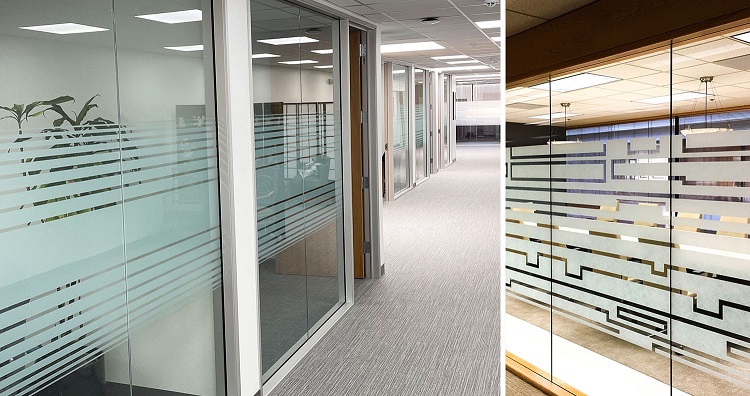Retail crime is a persistent and growing challenge for businesses across the globe. From shoplifting and employee theft to organized retail crime (ORC), the losses suffered by retailers extend far beyond the direct cost of stolen goods. While security measures and law enforcement responses are important, what often goes unrecognized is the profound ripple effect retail crime has on operational costs, consumer pricing, employee safety, and even community well-being.
The financial impact is immediately apparent. The National Retail Federation (NRF) estimates that in 2022, theft and fraud cost American merchants up to $100 billion, a startling amount that keeps rising every year. However, the secondary costs that result from this theft are often disregarded. Higher insurance premiums, greater security expenditures, reduced production, and eventually higher consumer prices are all examples of these hidden costs.
Retailers are forced to respond to crime with a variety of mitigation strategies. Security systems, personnel, and theft-prevention technologies like RFID tags or locked display cases all carry significant ongoing costs. While these measures are essential, they represent an ongoing financial burden that eats into profit margins. Smaller businesses find themselves at a disadvantage, unable to afford the same level of protection as larger chains.
One often-underestimated expense comes in the form of employee turnover and training. Retail crime, especially violent incidents or repeated thefts, can make staff feel unsafe or undervalued. This contributes to higher employee attrition rates and requires businesses to constantly train new workers, disrupting workflows and reducing overall efficiency. Furthermore, the psychological toll on employees who witness or are involved in crime can be long-lasting and costly in terms of productivity and morale.
Customer experience also suffers as a hidden cost. To prevent theft, some retailers adopt more restrictive measures such as locking up products or removing them from shelves entirely. This can frustrate honest customers, leading to lost sales and a damaged brand reputation. The shopping experience becomes less convenient, less trusting, and more controlled qualities that are detrimental to consumer loyalty in the long run.
Organized retail crime, a sophisticated form of theft involving coordinated groups, presents another layer of complication. These criminal enterprises target high-value items, resell stolen merchandise online, and use stolen funds to support broader criminal networks. The presence of ORC not only inflates direct losses but also makes it harder for honest businesses to compete with black-market prices.
To mitigate these issues, retailers are increasingly investing in less conspicuous yet effective security solutions. One example is the use of commercial privacy film on storefront windows and display cases. This film helps obscure high-value inventory from outside view, reducing the temptation for smash-and-grab thefts while maintaining a clean aesthetic. Such solutions exemplify how businesses are turning to creative approaches that balance visibility with deterrence.
The impact of retail crime ultimately circles back to the consumer. As businesses pass on the cost of theft-related losses and security upgrades, everyday goods become more expensive. Shoppers may notice higher prices, diminished product availability, or less personal customer service—all symptoms of a system under stress from preventable loss.
In conclusion, the hidden cost of retail crime extends far beyond the immediate financial hit. It burdens businesses with higher expenses, puts employees at risk, erodes customer experience, and undermines the broader retail ecosystem. Addressing retail crime requires more than reactive measures—it calls for systemic solutions, community involvement, and a commitment to creating secure, respectful environments for both workers and shoppers. Only by recognizing the full scope of these hidden costs can we begin to craft meaningful and sustainable responses.

